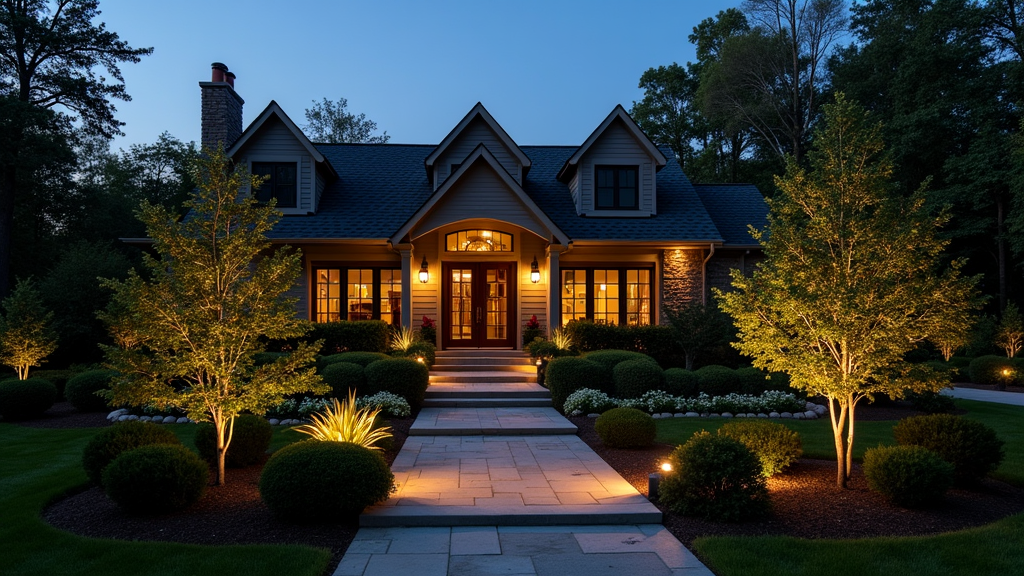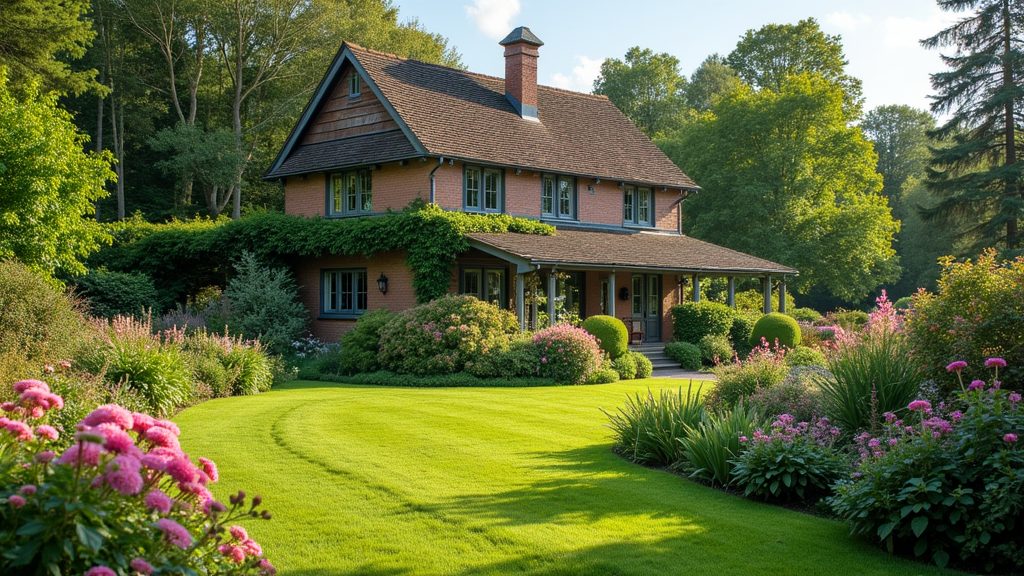Introduction
Creating a harmonious outdoor space isn't just about tossing a few plants together; it involves carefully balancing functionality and aesthetics in landscape design. Think of your landscape as an extension of your home—an inviting area that not only enhances the beauty of your property but also serves practical purposes. Whether it's a small backyard or an expansive garden, understanding how to design landscapes effectively can transform any space into a personal oasis.
In this article, we'll delve into the nuances of balancing functionality and aesthetics in landscape design, exploring everything from plant selection to hardscaping techniques. So grab a cup of coffee, sit back, and let's dig into the world of garden design!
Understanding Landscape Design
What is Landscape Design?
Landscape design is the art and practice of creating outdoor spaces that are not only visually appealing but also functional. It involves various elements such as plants, structures, water features, and pathways. The goal is to create an environment that meets the needs of its users while also respecting the natural surroundings.
History of Landscape Design
The concept of landscape design has evolved significantly over centuries—from ancient civilizations to modern-day practices. Early gardens were often utilitarian, focusing on food production. However, as societies developed, landscaping began to reflect cultural values and aesthetics.
Key Principles of Landscape Design
Unity: All elements should work together cohesively. Balance: Achieving visual stability by distributing elements evenly. Proportion: Ensuring all components fit harmoniously within the space. Rhythm: Creating movement through repetition and variation in design elements. Focalization: Drawing attention to specific points within the landscape.Balancing Functionality and Aesthetics in Landscape Design
The Importance of Balance
When designing landscapes, striking a balance between functionality and aesthetics is crucial for creating spaces that are not only beautiful but also serve their intended purpose effectively.
Factors Affecting Functionality
Useability: How will people interact with the space? Maintenance: What level of upkeep will be required? Safety: Are there any hazards present? Accessibility: Can everyone enjoy this space without barriers?Aesthetic Considerations
Color Schemes: How do colors impact mood and perception? Textures: Which materials add depth and interest? Forms: Do shapes complement each other or clash? Seasonality: How does seasonal change affect appearance?Designing Landscapes with Purpose
Creating Functional Spaces
Effective landscape design should prioritize usability alongside beauty:
- Outdoor Living Areas: Consider patios or decks for entertaining. Gardens for Cooking: Incorporate herb or vegetable gardens. Play Areas for Kids: Safety features should be prioritized here.
Integrating Natural Elements
Using soil, water, plants, and wildlife can enhance both functionality and aesthetics:
- Rain Gardens: These help manage runoff while looking beautiful. Native Plantings: Selecting local flora supports biodiversity.
Plant Selection in Landscape Design
Choosing the Right Plants
Selecting plants requires considering both their aesthetic appeal and functional role:
- Low-Maintenance Options: Ideal for busy homeowners. Pollinator-Friendly Varieties: Encourage biodiversity while beautifying your yard.
Seasonal Interest
Opt for a mix of perennials, annuals, shrubs, and trees to ensure year-round visual appeal:
| Season | Plant Types | |--------|---------------------| | Spring | Tulips, Daffodils | | Summer | Roses, Sunflowers | | Fall | Maples (for foliage)| | Winter | Evergreens |
Hardscaping Essentials in Landscape Design
The Role of Hardscaping
Hardscape refers to non-plant elements like paths, walls, patios, etc., playing a significant role in both functionality and aesthetics:
Provides structure Enhances accessibility Offers visual contrast against softscapes Can define areas within a larger space (e.g., separating dining from lounging).Materials Matter
Choosing appropriate materials can make or break your landscape's look:
- Stone vs Concrete Wood vs Composite Decking Gravel Paths vs Paved Walkways
Water Features as Focal Points
Why Include Water Features?
Water features add tranquility while serving practical benefits:

Attracts wildlife (birds & beneficial insects). Provides cooling effects on hot days. Offers soothing sounds.
Types of Water Features
Consider options suitable for your space:
Ponds (natural habitat) Fountains (aesthetic focal points) Streams (creative water movement)Sustainable Practices in Landscape Design
Eco-Friendly Techniques
Incorporating sustainable practices enhances both function and beauty:
Native Plant Use Rainwater Harvesting Organic Gardening PracticesBenefits of Sustainability
Implementing green methods ensures longevity while promoting environmental health:
Reduces maintenance costs. Promotes biodiversity. Improves air quality.Maintaining Your Landscape
Maintenance Tips
Regular care is vital for balancing aesthetics with functionality:
Pruning helps maintain shape. Mulching reduces weeds while enhancing appearance. Seasonal planting keeps interest alive year-round.Hiring Professionals vs DIY
Should you go it alone or enlist help? Here's how to decide:
When to Hire a Professional:
- Large-scale projects Complex designs requiring special skills Lack of time or expertise on your part
When to Go DIY:
- Small garden beds Simple plantings Low-budget projects
FAQs About Balancing Functionality and Aesthetics in Landscape Design
1) What are some easy ways to enhance my landscape's aesthetic appeal?
Consider adding colorful flowers or decorative stones; even thoughtful lighting can dramatically change how your outdoor space feels!
2) How can I ensure my landscape remains functional through all seasons?
Select perennial plants that bloom at different times throughout the year combined with evergreens for winter interest!
3) Is hardscaping more expensive than softscaping?
It can be depending on materials used! However, hardscaping often requires less maintenance than planting https://rentry.co/gf53w7y7 beds over time.
4) How much maintenance does a typical landscape require?
It varies widely based on plant choices; low-maintenance landscapes may need weekly upkeep compared to traditional ones needing daily attention!
5) Can I balance sustainability with aesthetic choices?
Absolutely! Many native plants offer incredible beauty while supporting local ecosystems—creating harmony between nature's needs & visual pleasure!
6) What are some common mistakes made in landscape design?
Ignoring scale & proportion often leads folks astray! Always consider how each element interacts within its given space before settling on final layouts.

Conclusion
Balancing functionality and aesthetics in landscape design is essential for creating engaging outdoor environments that serve their intended purpose beautifully! By understanding key principles like unity & rhythm alongside practical considerations such as maintenance & safety—we can craft truly remarkable spaces filled with life & vibrancy! Embrace creativity while respecting nature around you—happy designing!
Now that you have explored these insights into designing landscapes effectively—what’s stopping YOU from beginning YOUR journey towards an extraordinary outdoor haven?